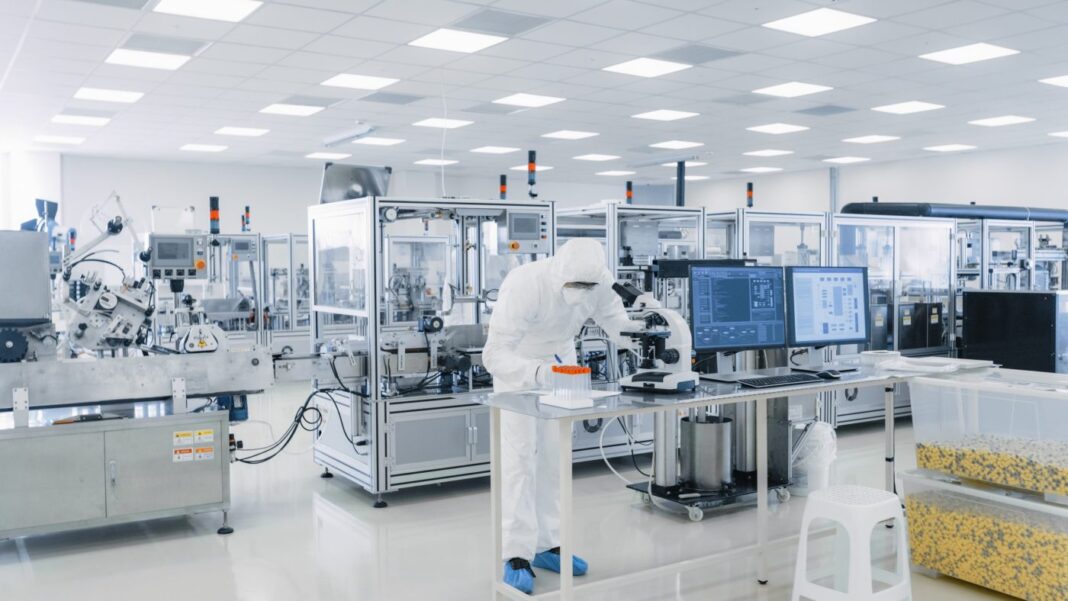Envisioning the likely future of biomanufacturing depends on understanding its past. In the Annual Review of Chemical and Biomolecular Engineering, Kelvin H. Lee, PhD, director of the Manufacturing USA National Institute for Innovation in Manufacturing Biopharmaceuticals and the Gore professor of chemical and biomolecular engineering at the University of Delaware, and his graduate research assistant Alana C. Szkodny, described the history and explored the potential future of this industry.
“With the emergence of more diverse product portfolios and personalized therapies with smaller patient groups, manufacturers are moving away from the large manufacturing suites seen in the early 2000s in favor of smaller, more flexible spaces that can rapidly transition between products and potentially accommodate the intensified processes currently under evaluation,” Szkodny and Lee wrote. “Increasing production speed through flexibility instead of size also gives manufacturers the ability to respond quickly to changing global conditions, ensuring supply chain integrity and therapeutic availability.”
In a recent interview, Lee discussed the advance that is likely to make the biggest impact in the future of bioprocessing drugs.
“For biopharmaceutical manufacturing—versus small molecules—the drive towards integrated continuous manufacturing is strong,” he says. “This drive is leading to efforts to explore truly continuous operations with novel approaches for drug substance manufacturing.” Pushing bioprocessing to those goals, though, “will require new process analytical technologies and methods for truly continuous downstream operations,” Lee adds.
Accelerate biopharmaceutical production
The recent past also drives the need to move biomanufacturing even faster. “There is a strong desire to accelerate development timelines and novel strategies—some of which were tested during COVID-19 antibody development—for cell and clone development,” according to Lee.
Reaching all of these future goals for bioprocessing drugs, however, cannot depend on a single company. “There would be a need for a shared understanding across parts of the community to realize some of these innovations in commercial operations,” Lee says. “That shared understanding would be needed not only by companies, but also by vendors as well as regulatory scientists—and regulatory scientists from around the world, not just in a single country,” he explains
In addition to companies and countries working together, bioprocessors must modify the workforce. With new skills required by personnel, Lee says that “efforts to update, improve, and expand upon the manufacturing workforce will be necessary.”
Overall, the future of bioprocessing will arise from people working together around the world. To battle global healthcare challenges, the bioprocessing industry needs a global response.


